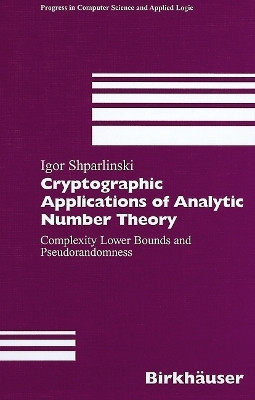Cryptographic Applications of Analytic Number Theory(English, Paperback, Shparlinski Igor)
Quick Overview
Product Price Comparison
The book introduces new techniques that imply rigorous lower bounds on the com- plexity of some number-theoretic and cryptographic problems. It also establishes certain attractive pseudorandom properties of various cryptographic primitives. These methods and techniques are based on bounds of character sums and num- bers of solutions of some polynomial equations over finite fields and residue rings. Other number theoretic techniques such as sieve methods and lattice reduction algorithms are used as well. The book also contains a number of open problems and proposals for further research. The emphasis is on obtaining unconditional rigorously proved statements. The bright side of this approach is that the results do not depend on any assumptions or conjectures. On the downside, the results are much weaker than those which are widely believed to be true. We obtain several lower bounds, exponential in terms of logp, on the degrees and orders of o polynomials; o algebraic functions; o Boolean functions; o linear recurrence sequences; coinciding with values of the discrete logarithm modulo a prime p at sufficiently many points (the number of points can be as small as pI/2+O:). These functions are considered over the residue ring modulo p and over the residue ring modulo an arbitrary divisor d of p - 1. The case of d = 2 is of special interest since it corresponds to the representation of the rightmost bit of the discrete logarithm and defines whether the argument is a quadratic residue.


